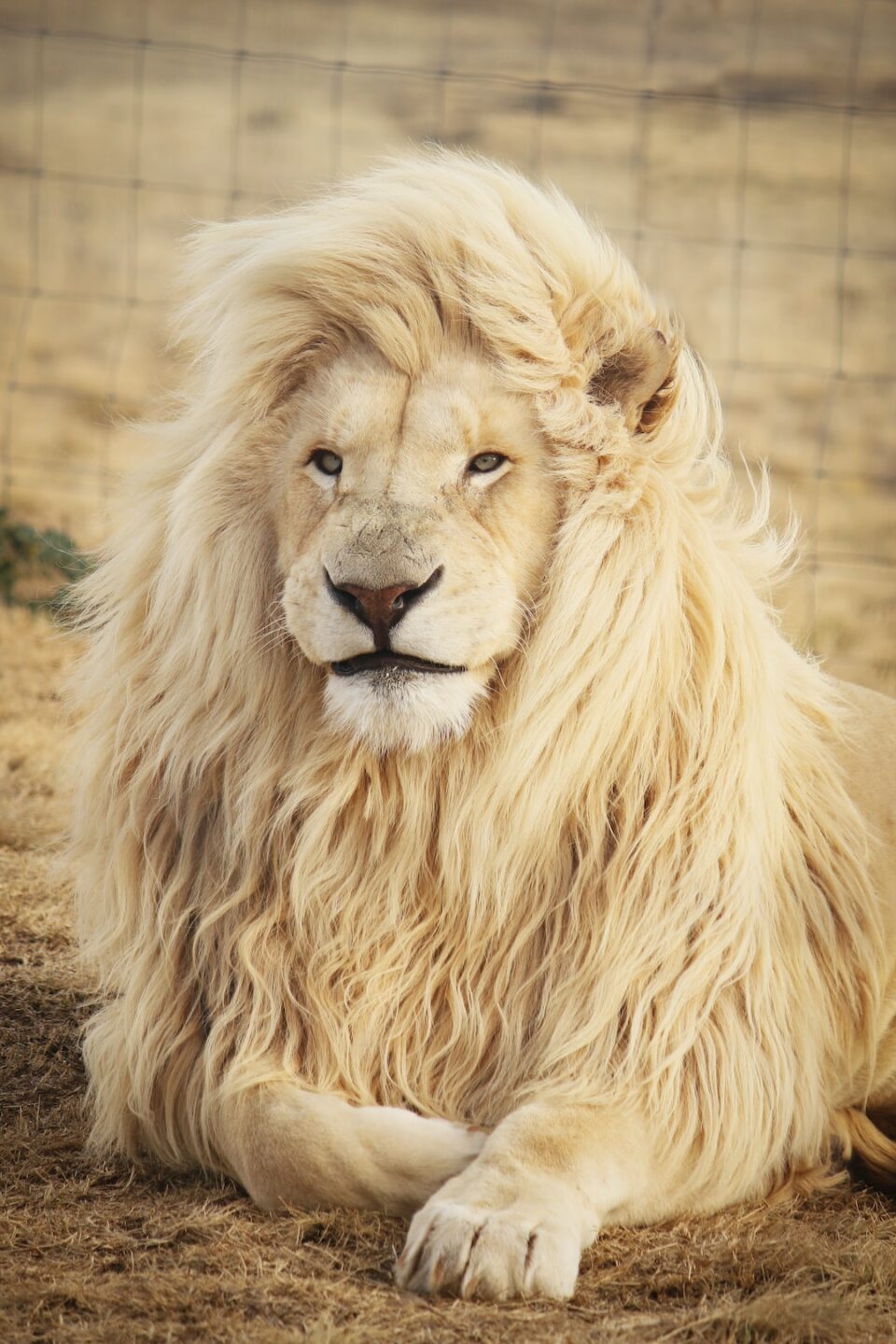The Intriguing World of Nighttime Animals: Nocturnal Species
When the sun sets and darkness engulfs the world, a whole new cast of characters emerges, navigating their way through the inky blackness. These creatures are the nocturnal species, animals that have adapted to thrive in the darkness of the night. In this blog post, we dive into the intriguing world of nighttime animals, shedding light on their unique characteristics and behaviors.
Nocturnal animals are creatures of the night, possessing remarkable adaptations that allow them to function and excel in low-light conditions. Unlike diurnal animals, which are active during the day, nocturnal species have evolved to take advantage of the reduced competition for resources during nighttime hours. Let’s explore some of the most fascinating examples.
Bats are often the first animals that come to mind when discussing nocturnal species. These agile flyers have honed their echolocation abilities to perfection, allowing them to navigate and hunt in complete darkness. Emitting high-pitched sounds that bounce off objects and return as echoes, bats can create a mental map of their surroundings, detecting obstacles and locating prey with remarkable accuracy. With over 1,400 species spread across the globe, bats play a vital role in pollination and insect control, making them an indispensable part of many ecosystems.
Another common nocturnal species are owls, renowned for their exceptional nighttime vision and silent flight. Owls possess large eyes that are adapted to maximize light collection, enabling them to see in almost total darkness. Additionally, their feathers are specially designed to minimize turbulence during flight, allowing them to approach prey silently and with great precision. Owls’ incredible hunting capabilities and their hallmark hoots make them emblematic creatures of the night.
Moving away from the skies, we encounter the elusive and mysterious creatures that inhabit terrestrial environments. One such example is the pangolin, a unique and highly endangered nocturnal animal. With their characteristic scales, pangolins are known to curl up into a ball when threatened, providing them with a shield against predators. Pangolins are insectivorous and possess a long, sticky tongue, which they use to extract ants and termites from nests. Despite their impressive adaptations, these mesmerizing animals face severe threats from poaching and habitat loss.
The desert wouldn’t be complete without the presence of some remarkable nocturnal creatures. Enter the fennec fox, an adorable small canine that has adapted to survive in arid environments. Fennec foxes boast oversized ears, which play a crucial role in heat dissipation and excellent hearing, allowing them to locate prey in the desert dunes. These foxes are also known for their ability to survive without water for long periods by extracting moisture from their food. Equipped with such unique features, the fennec fox perfectly epitomizes the ingenuity of nocturnal animals in harsh conditions.
In the watery realms, another nocturnal species reigns supreme – the vampire squid. Despite its eerie name, this creature is more akin to an ancient ancestor of cephalopods than a blood-sucking vampire. Vampire squids inhabit the deep sea, highly adapted to survive in oxygen-deprived environments. They possess light-producing organs called photophores, which allow them to emit bioluminescent displays when threatened or during courtship rituals. It’s hard not to be mesmerized by the otherworldly beauty of these nocturnal denizens of the deep.
The list of nocturnal species is vast and diverse, with many more intriguing creatures waiting to be explored. From the agile lemur in Madagascar to the elusive aardvark in Africa, these animals have adapted and evolved to master the art of survival in the night.
Understanding the fascinating world of nocturnal species not only deepens our appreciation for the natural world but also reminds us of the delicate balance that exists within ecosystems. As cities continue to expand, encroaching on wildlife habitats, it becomes increasingly important to ensure the protection and preservation of these remarkable creatures and the ecosystems that support their existence.
As darkness falls and the nighttime creatures awaken, we are granted a glimpse into the enigmatic world of nocturnal animals. With their extraordinary adaptations and intriguing behaviors, these creatures continue to inspire awe and wonder, serving as a reminder of nature’s endless creativity. So, the next time you find yourself under the cover of night, take a moment to appreciate the beauty and intricacy of the nocturnal world that surrounds us.

